- Call us: 01444 237070
- Contact Us
- Stores
- Sign In / Register
-
- Back
- Used Cameras
- Used Lenses
- Used Video
- Used Film Equipment
- Used Stock Alert
- Used Accessories
- Recently Added Used Equipment
- Used Clearance
- Faulty
- Park Picks
- Sell or Part Exchange
- Trade-In
- Blog
- New in
- Call us
- Contact us
- Stores
- Sign in
- Categories
- Tips & Inspiration
- Reviews
- News
- Events
- Features
- Buying Guides
- Competitions
Kase Filters Review
To celebrate the brand joining Park Cameras, I was tasked with exploring some of the most popular lens filters to find out how they work and how innovative Kase’s solutions are for everyday use.
Having used another brand's square filter system for many years, it was fascinating to discover some of the time-saving benefits during this Kase Filters Review, as well as discover the dependable magnetic connection offered by Kase magnetic filters.
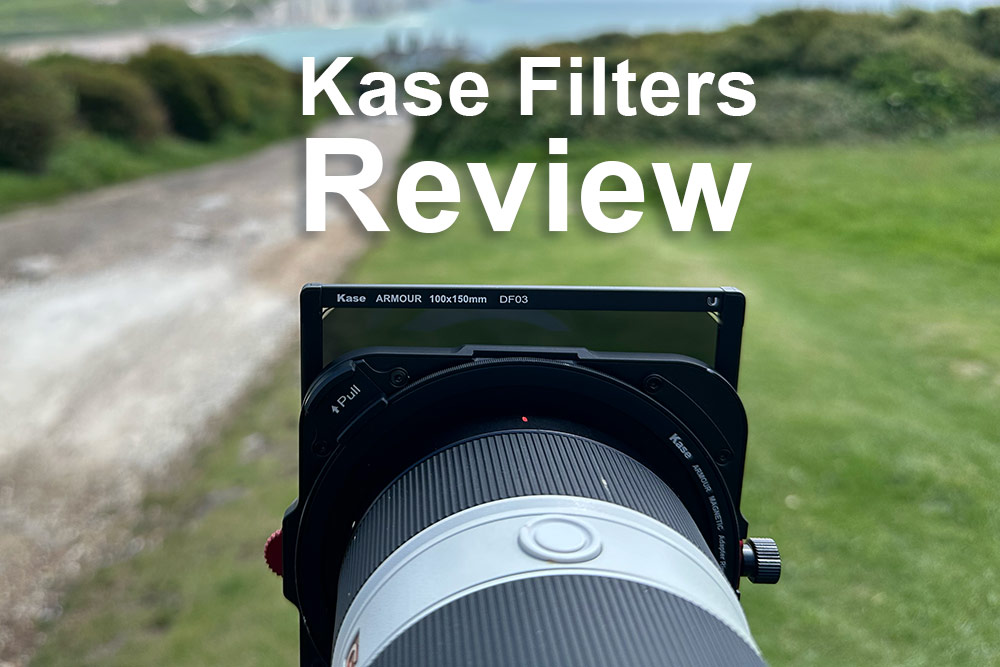
Who is Kase Filters?
Kase Filters is a manufacturer of popular camera lens filters, known by photographers worldwide for their innovative features and high-quality finish. With products like the Kase magnetic filter system and Armour Master Kit, Kase offers a range of lens filter types to enhance image quality and provide creative control.

Some components from the Kase Armour Entry Kit laid out
Which system was tested?
I received a Kase Armour Entry Kit first released in 2021. It includes a 100mm holder that accepts up to two circular magnetic filters plus up to 100mm frames simultaneously. It features a wheel to rotate the CPL, a locking screw for the 100mm magnetic frame, and comes with step-up rings to use on multiple lenses.
This is a great base that can be expanded through add-ons and components over time, allowing you to explore long exposure photography, landscape photography, architecture, and other subjects where these types of filters are very useful
- Armour 100mm Alloy Filter Holder
- 95mm Magnetic Circular Polariser
- 95mm Armour Circular ND64 (6 stop) filter
- 150x100mm Kase Wolverine Soft Graduated Filter 0.9 (3 stop)
- 2 x Armour adapter rings: 77-95mm & 82-95mm – Magnetic
- 2 x Step rings: 67-77mm and 72-82mm
- 1 x Armour Magnetic 150x100mmx2mm Filter Frame
- 1 x Plastic Lens Cap
- 1 x Armour Carry Case
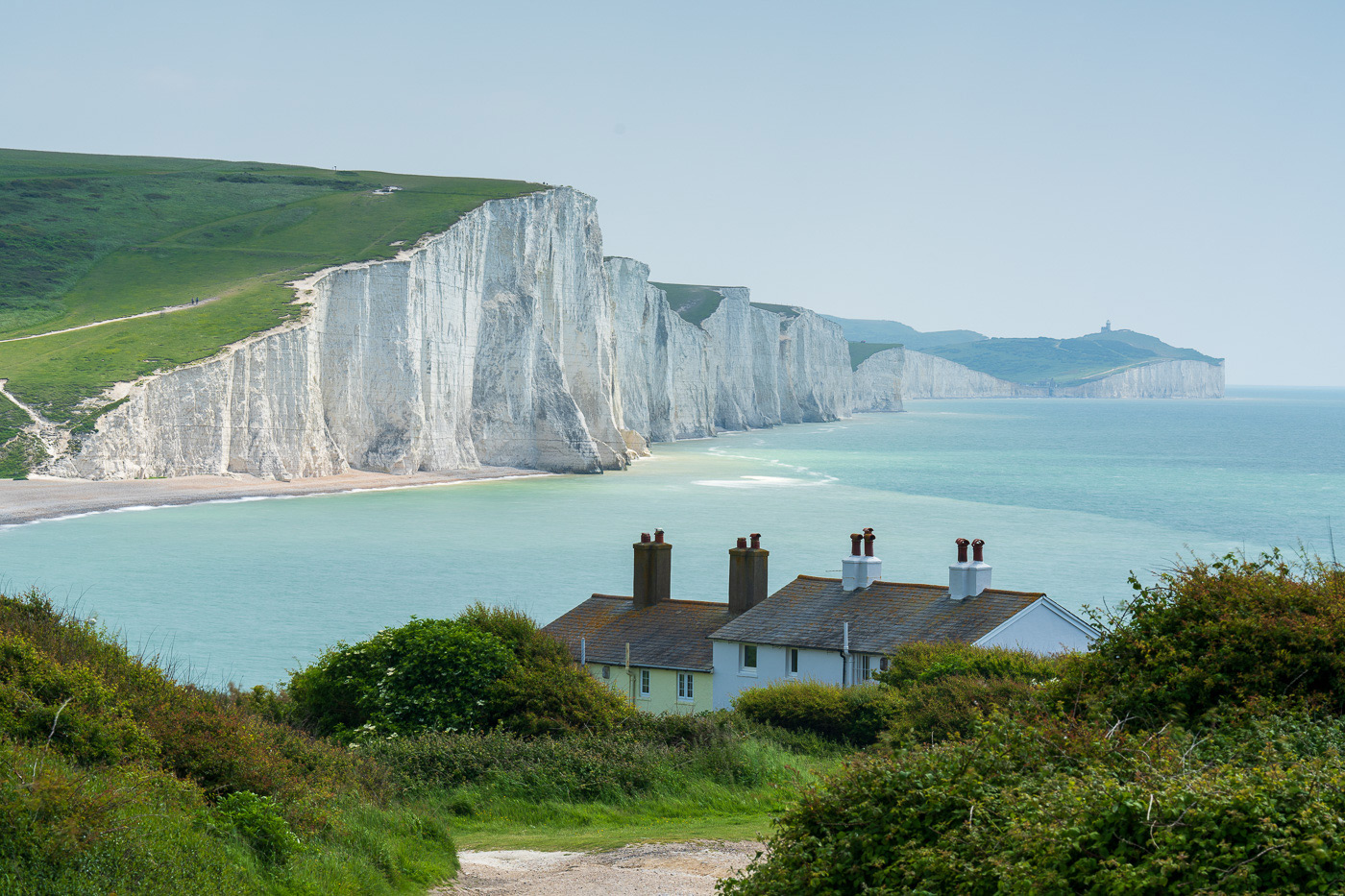
Sample image 1. Camera settings 2 second exposure (tripod mounted). f/11. ISO 100. Filters used: CPL, ND and GND
Which filters does Kase offer?
Kase designs a wide range of camera lens filters tailored for various photography needs. Offerings include Kase magnetic filters for quick and easy attachment, the Kase Armour Master Kit, polarising lens filters (CPL) to reduce reflections and create more vibrant colours, multiple ND filters and Graduated NDs.
Each is designed to enhance a particular aspect of your images and offer more creative flexibility, especially when shooting outdoors. There are heaps of advanced and specialised filters to explore too, including filters for specific ultra wide angle lenses, dual filtration effects, light pollution filters and many more.
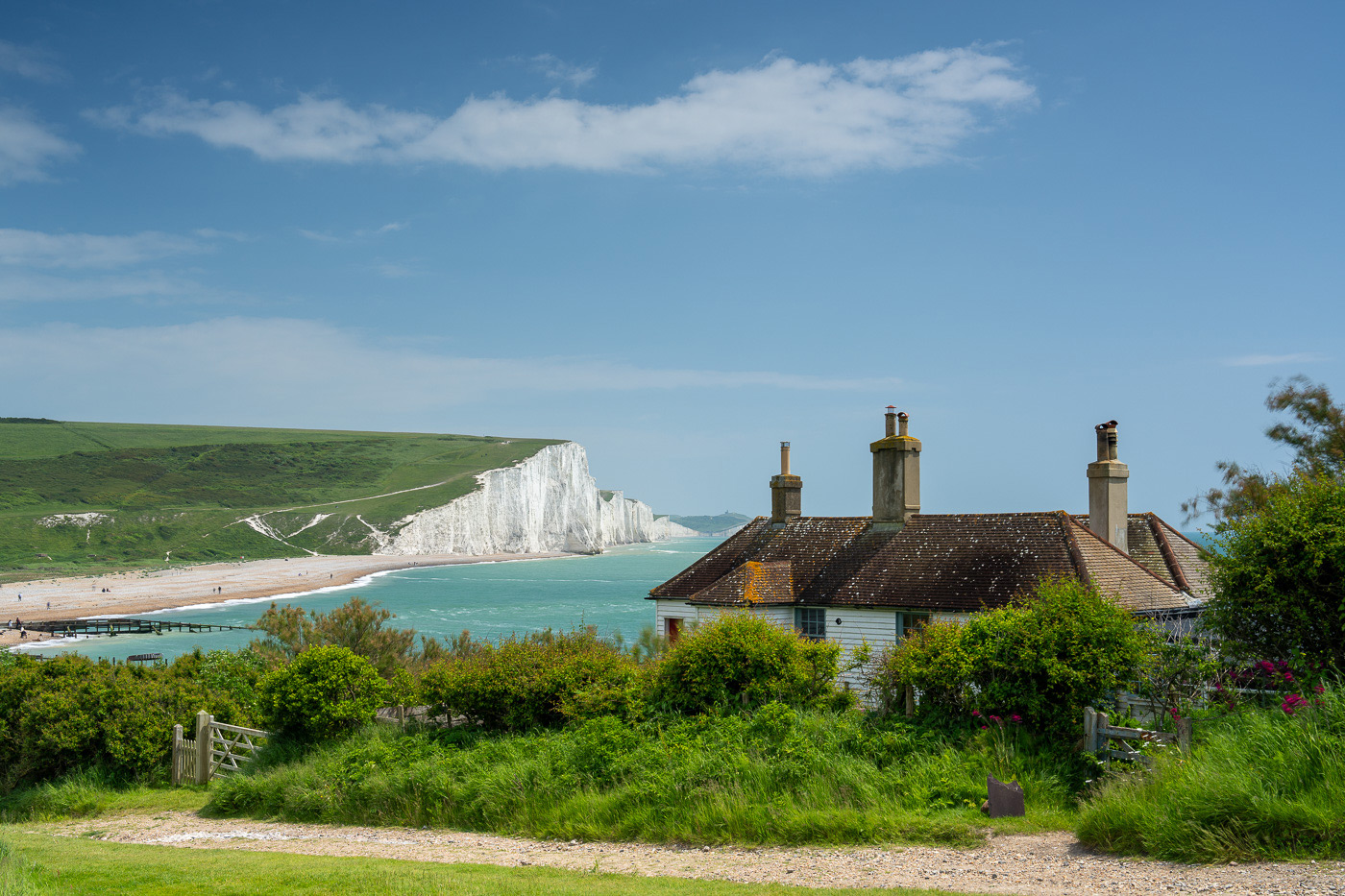
Sample image 2. Camera settings 0.8 second exposure (tripod mounted). f/8. ISO 100. Filters used: CPL, ND and GND
Sample images
For some of these sample images I shot during midday sunlit conditions to try and emulate the feeling of a summer holiday destination, and the filters did a terrific job reducing glare, enhancing blue skies and dragging the shutter in order to smooth the water.
For daytime shooting where conditions are brighter you will often utilise a stronger ND filter than the ND64 included in the starter kit, which is well suited to sunrise and sunset. Kase offers several very strong solid ND options, including a Wolverine Magnetic Circular ND1000 Filter and Adaptor Ring 95mm (10 stops), plus a Wolverine Magnetic Circular ND64000 Filter and Adaptor Ring 82mm for 16 stops. Both of these are available in various thread sizes, and will totally smooth water, remove moving objects from the frame, and create dramatic long exposure effects, even in bright daylight conditions.
To expand the base kit try the Armour Magnetic Circular Filter ND1000 (10 Stop ND), which offers enough light reduction for most conditions and creative applications.
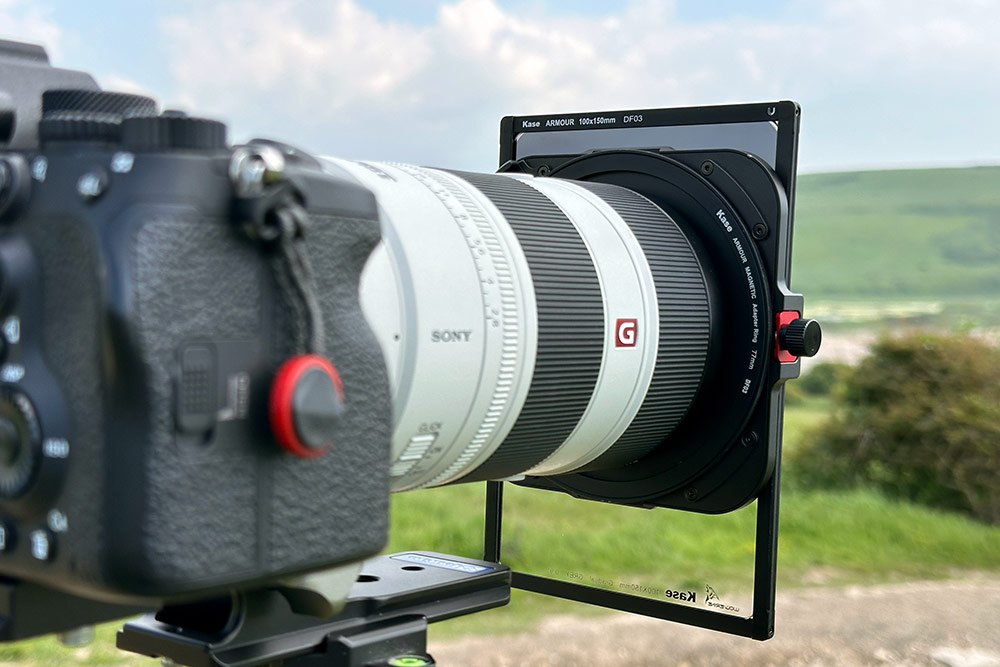
What are the advantages of Kase magnetic filters?
Kase magnetic filters offer several advantages, including quick and easy attachment, reduced risk of cross-threading, and the ability to stack multiple filters with less hassle. The robust magnetic design ensures secure placement, even in challenging windy or cold conditions and I found it to be extremely quick for field use.
In practice, the system was a minor revelation, making it feel significantly safer to mount quite expensive and essentially fragile glass onto the lens. The magnetic effect is very strong, and even when shooting sunsets in especially windy conditions, I felt confident in the system’s ability to remain securely attached to the lens.
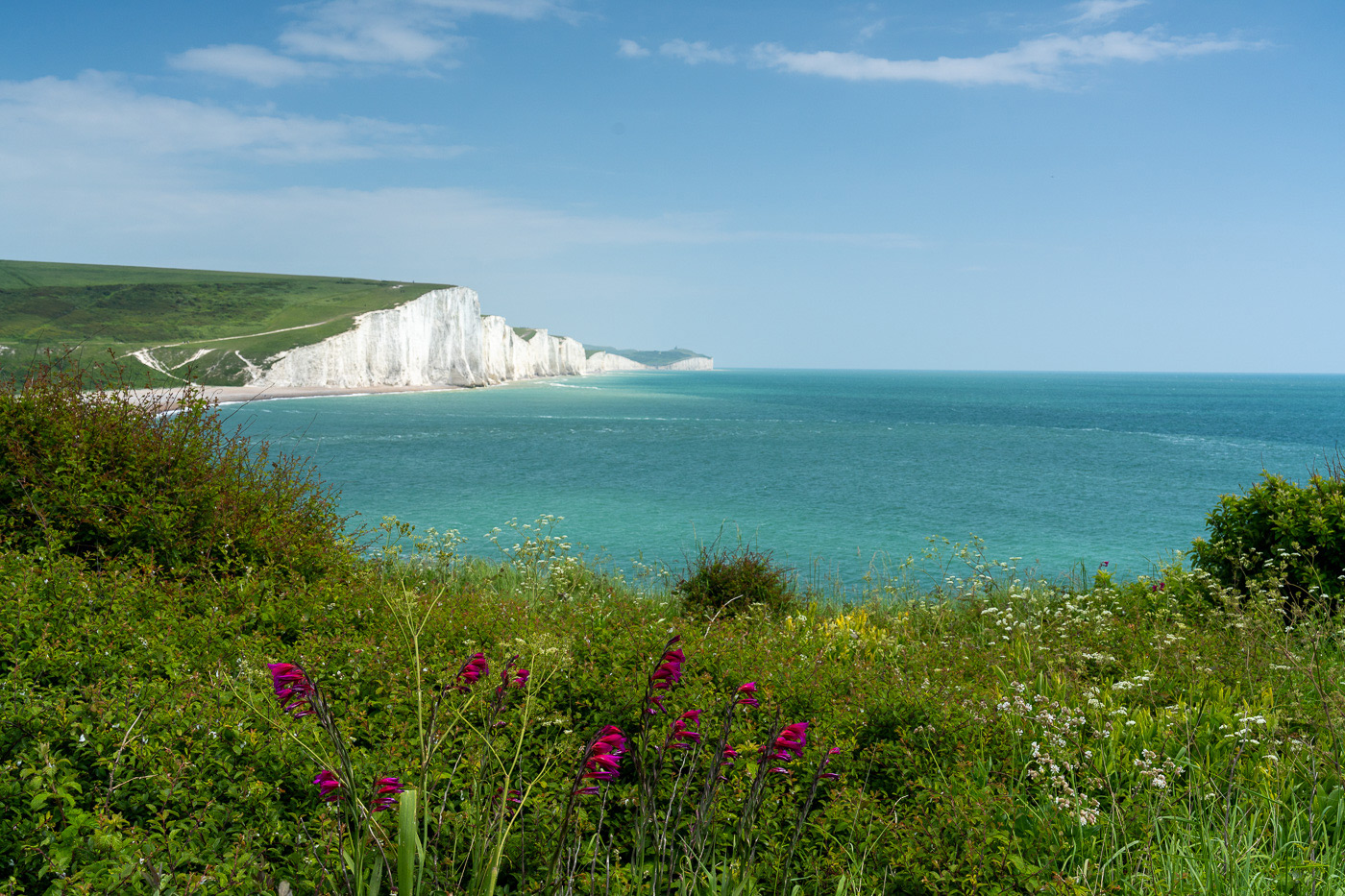
Sample image 3. Camera settings 1/160 second exposure. f/10. ISO 320. Filters used: CPL and GND
The metal frames are unquestionably tough, although I did notice that they marked quite easily. If you like to have pristine gear, which looks unused, you’ll need to take extra care with these.
A noteworthy benefit (which isn’t unique to this system) is the ability to use a lens cap which fits over the filter holder, rather than a press-in type cap, which you get with almost every lens. You can add an additional Kase Armour Red Lens Cap as needed, and I would be happy to leave these mounted on my lenses at all times, although you may need to reconfigure your camera bag to accommodate the wider caps.
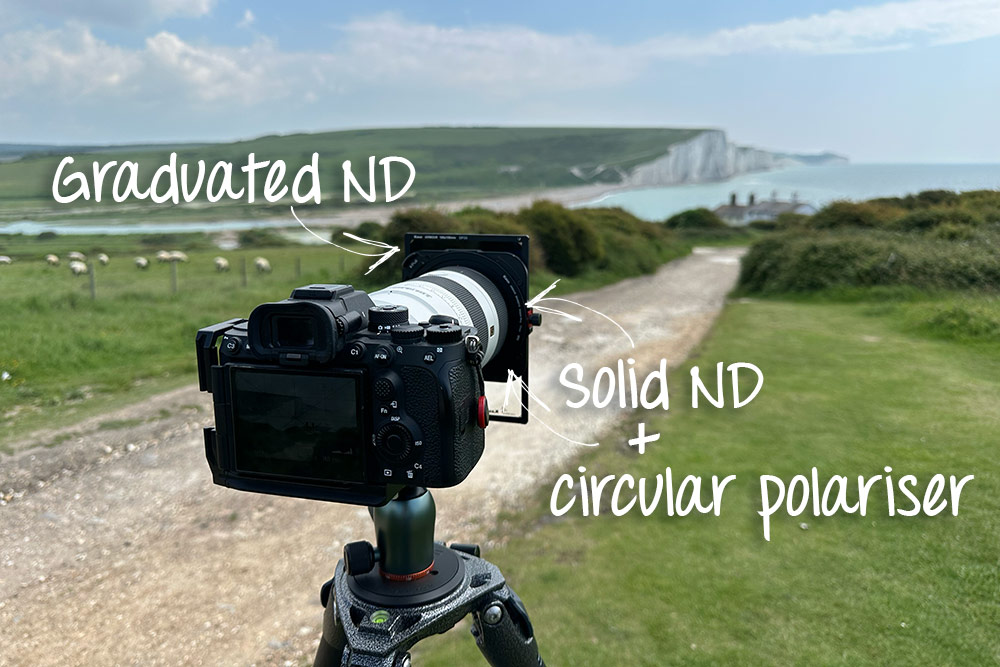
What does stacking filters mean?
Stacking filters involves placing multiple camera lens filters on top of each other to achieve combined effects. For example, a solid ND and two GNDs are often stacked with a CPL to slow the shutter, balance brighter skies and reduce reflections all at once. This technique allows photographers to customise their results without the need to constantly change filters.
In the field, the 100mm filter system does allow you to add and reconfigure stacked filters very quickly, so if you need to react or adapt to changing light, a rainbow, or other quick-fire situations, you can.
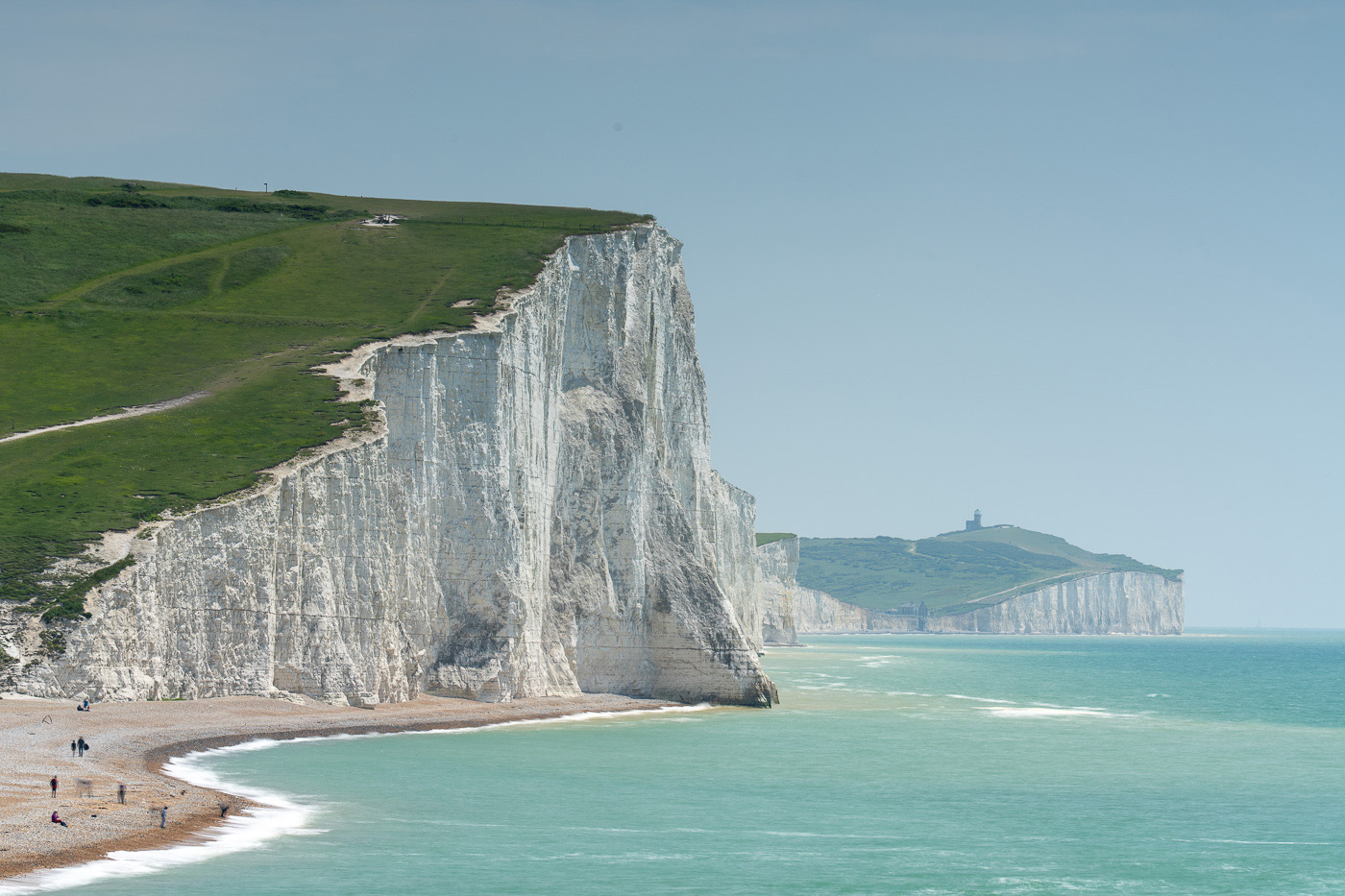
Sample image 4. Camera settings 1.3 second exposure (tripod mounted). f/14. ISO 100. Filters used: CPL, ND and GND
How robust is the Kase Wolverine System?
The Kase Wolverine System is designed for simplicity and high performance, but it is also very robustly made. Filters use toughened Pro HD optical glass with metallic nano coatings, making it scratch-resistant, water and dust repellent, and easy to clean.
The holder I was using for this review is precision CNC milled from aviation-grade aluminium, and although it’s not the lightest on the market, it does feel very well made. The geared polariser allows for easy adjustments without removing the holder from the lens, which proved particularly useful in the field. I did notice that sometimes my larger fingers gripped onto the glass rather than frames when pulling them out of the case, but I dare say you’d get accustomed to the thinner frames over time.
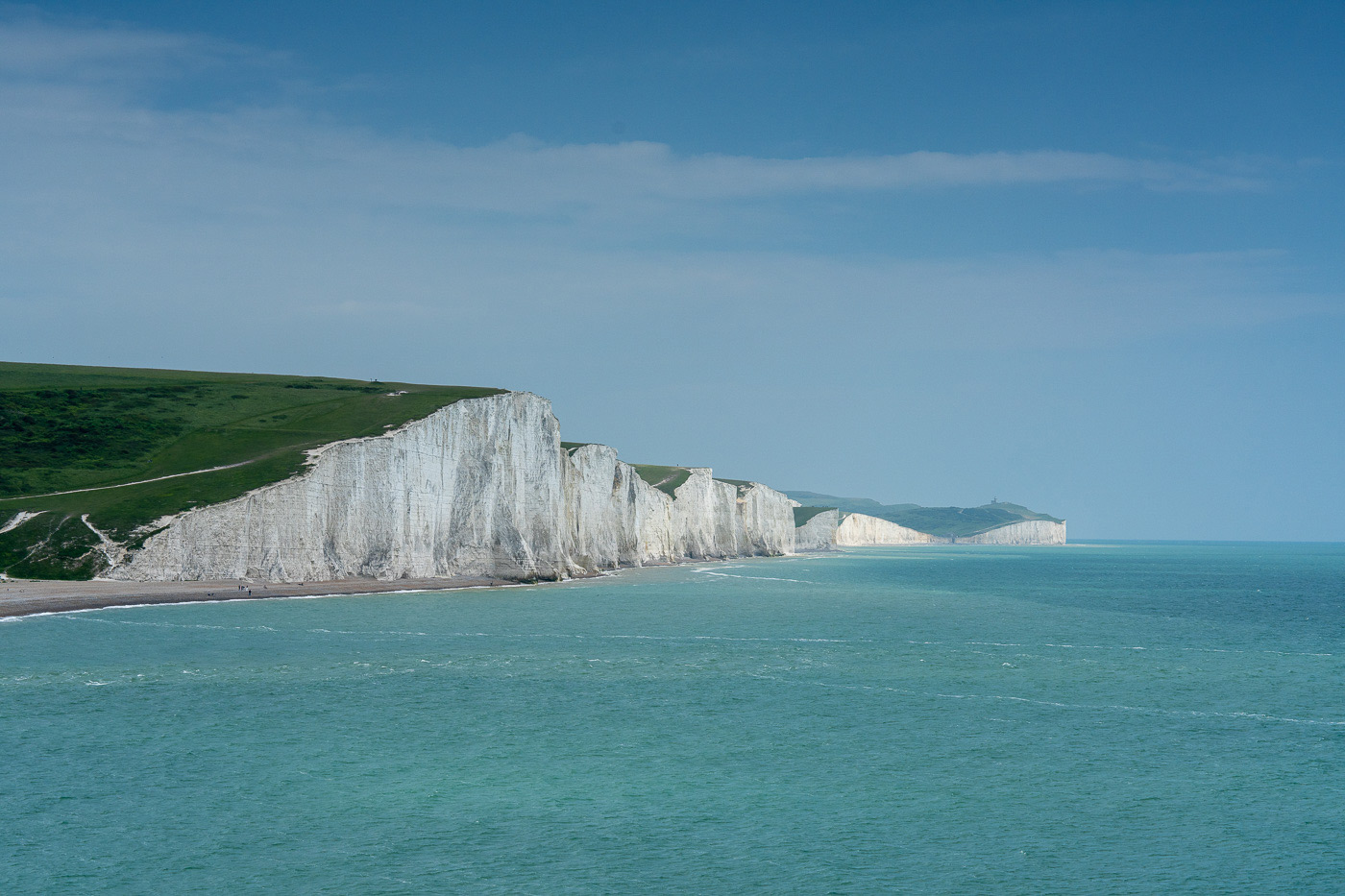
Sample image 5. Camera settings 1/400 second exposure. f/10. ISO 320. Filters used: CPL, ND and GND
Do Kase filters affect image sharpness?
Kase filters are designed to maintain image quality, including sharpness. My initial tests indicated that the optical glass and advanced coatings maintained image detail. The Wolverine series, including the polariser and ND filter, demonstrated no discernible impact on image sharpness, with only a very minimal effect on colour.
Even with high-resolution cameras like the Sony A7R V which I was using, these filters produced sharp images with excellent detail preservation.

Who are Kase Filters for?
Kase Filters are ideal for photographers of all levels, from enthusiasts to professionals, catering to various photography styles, including landscape, portrait, astro and architectural photography. With easy-to-use magnetic systems and high-quality optical performance, Kase Filters are perfect for anyone seeking to enhance their creativity and achieve stunning image quality straight out of camera.
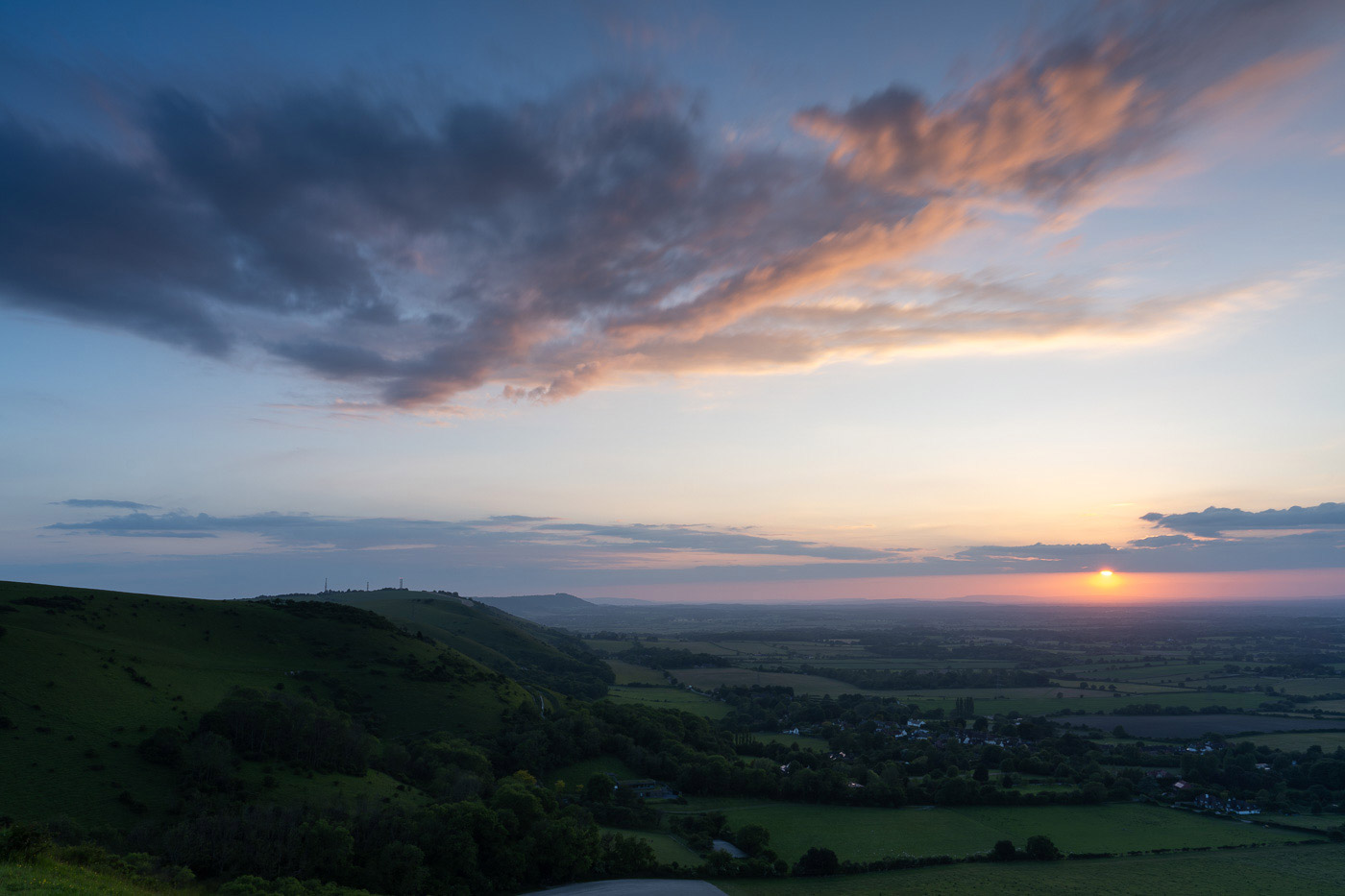
Sample image sunset. Camera settings 25 second exposure (tripod mounted). f/11. ISO 50. Filters used: CPL, ND and GND
Why Outdoor Photographers Use a Circular Polariser
A circular polarising (CPL) lens filter is essential for outdoor photographers to reduce reflections and glare from non-metallic surfaces like water and glass. By enhancing colour saturation and contrast, the Kase CPL lens filter helps capture vibrant skies and lush landscapes, making it a favourite tool for nature photographers.
CPL filters work by selectively blocking polarised light, which can enhance the colour intensity of blue skies, reduce haze in distant landscapes, and deepen the greens in foliage, especially when wet. This filter is particularly effective in controlling reflections from wet surfaces and windows, providing more control over the final image and a circular polariser is indispensable for outdoor photographers.

Sample image blurred clouds. Camera settings 30 second exposure (tripod mounted). f/11. ISO 50. Filters used: CPL, ND and GND
Why Use ND or Graduated ND Filters
Neutral Density (ND) and Graduated Neutral Density (GND) filters are crucial for outdoor photographers to manage exposure. Kase ND filters allow for longer exposures, creating beautiful effects like smooth waterfalls and motion blur in clouds. Graduated ND filters balance exposure between the sky and the landscape, preserving details in both.
Kase has a multitude of ND and graduated ND filters to suit every possible sunset, sunrise, clouds, mountains, and various lens focal lengths. One of the key benefits to any filter system is that you can add filters as you expand your shooting repertoire. The Kase system even allows you to incorporate other brand’s 100mm filters, as long as they are 2mm or thinner, by simply adding additional metal frames.
Choose between the Kase Armour Magnetic Frame for 100x150x2mm Filters or Armour Magnetic Square Frame for 100x100x2mm Square Filters depending on whether you have rectangular or square ones to adapt.
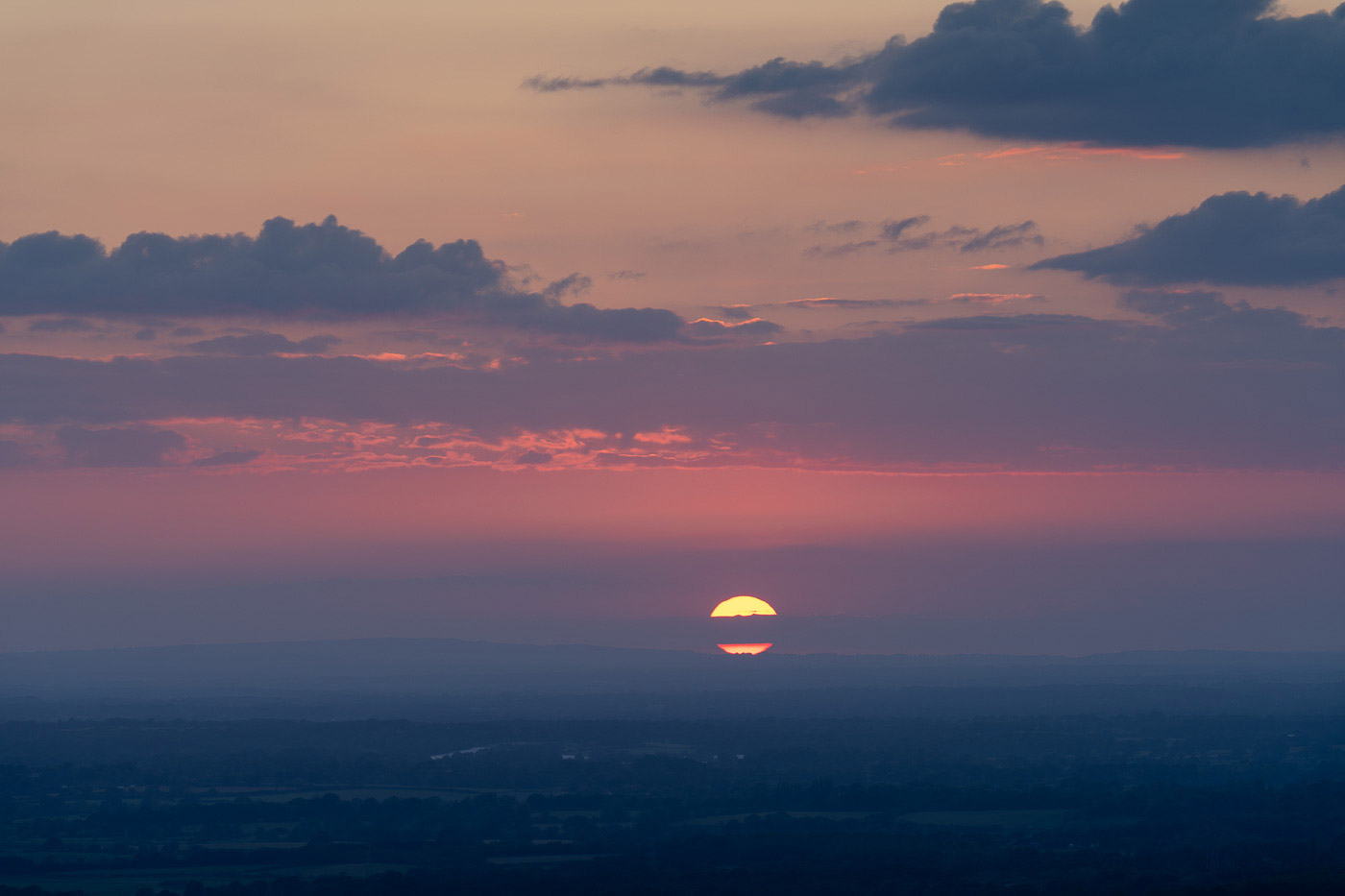
Sample image sunset. Camera settings 4 second exposure (tripod mounted). f/7.1. ISO 50. Filters used: CPL, ND and GND
These filters uniformly reduce light across the entire image, allowing photographers to use slower shutter speeds and larger apertures without overexposing the shot. This is particularly useful for daytime long-exposure photography, such as capturing the flow of water in rivers or the movement of clouds across the sky. By using solid ND filters, photographers can achieve a level of creative control that transforms ordinary scenes into visually stunning works of art.
Overall, the Kase Wolverine System combines a very robust construction, with high-quality optics, and user-friendly features, making it an excellent choice for all levels of photographer.
I found Kase magnetic filters extremely quick to use and versatile, thanks to the ability to add multiple magnetic filters at once. They achieve results that look great straight out of the camera, capturing scenes accurately without needing extensive editing, and there was no noticeable image degradation and minimal colour cast. They also leave you feeling confident that the filters won't fall off accidentally, even while shooting during windy conditions.
If you enjoy capturing shots with a wider dynamic range, using creative long exposure effects, or utilising everyday polarisation, I can highly recommend Kase filters for cameras.
Explore Kase Filters, which are now available in the UK from Park Cameras and take your photography to new heights with a quick and durable system.
Share this post:
By Nick Dautlich on 11/06/2024

Trade in your old equipment
Fast and easy trade in service ensures your old gear is collected efficiently and you are paid quickly! It's very simple to trade in your unwanted photography gear. Just head over to our dedicated Sell or Part Exchange page, fill out the details, and we'll get back to you with an offer for your old gear. Take the cash, or put it towards the cost of your new gear. It's up to you! Find out more
sign up to the newsletter
Keep up to date on the latest photography news, events and offers. Sign up now
